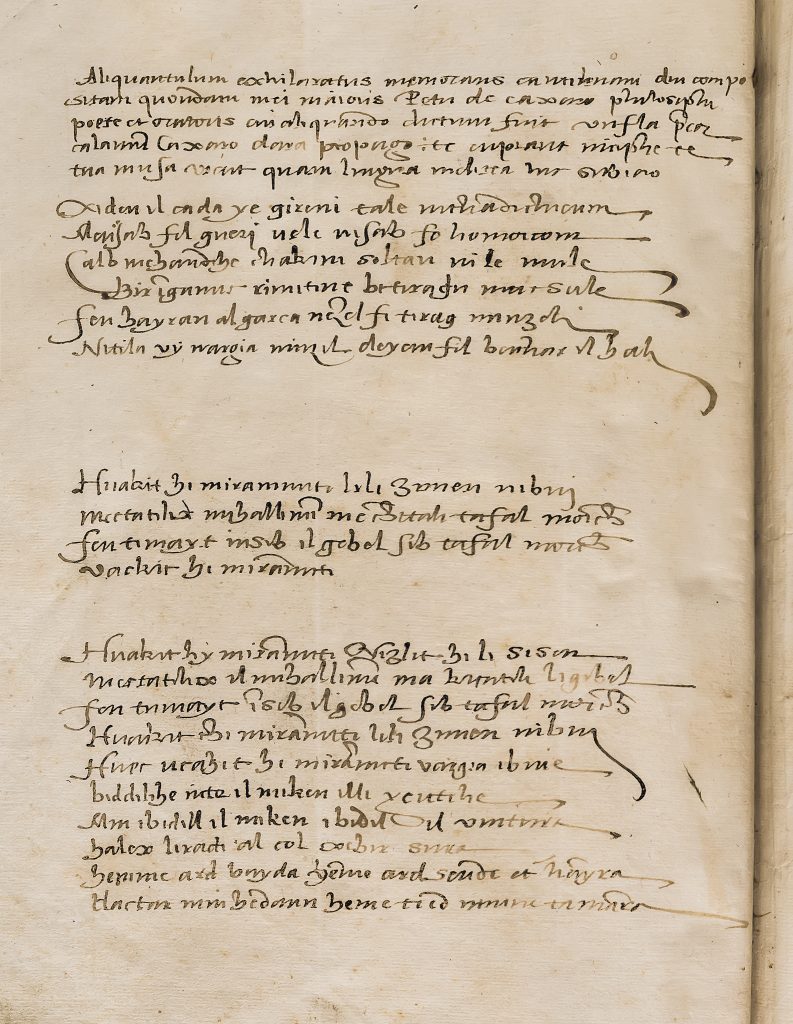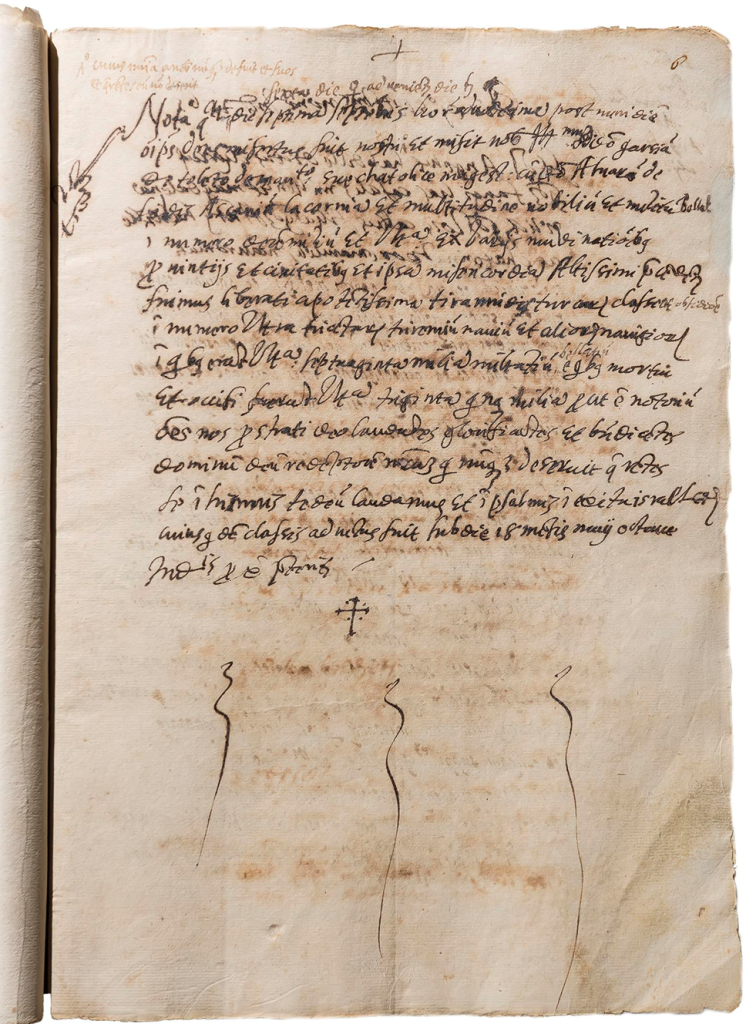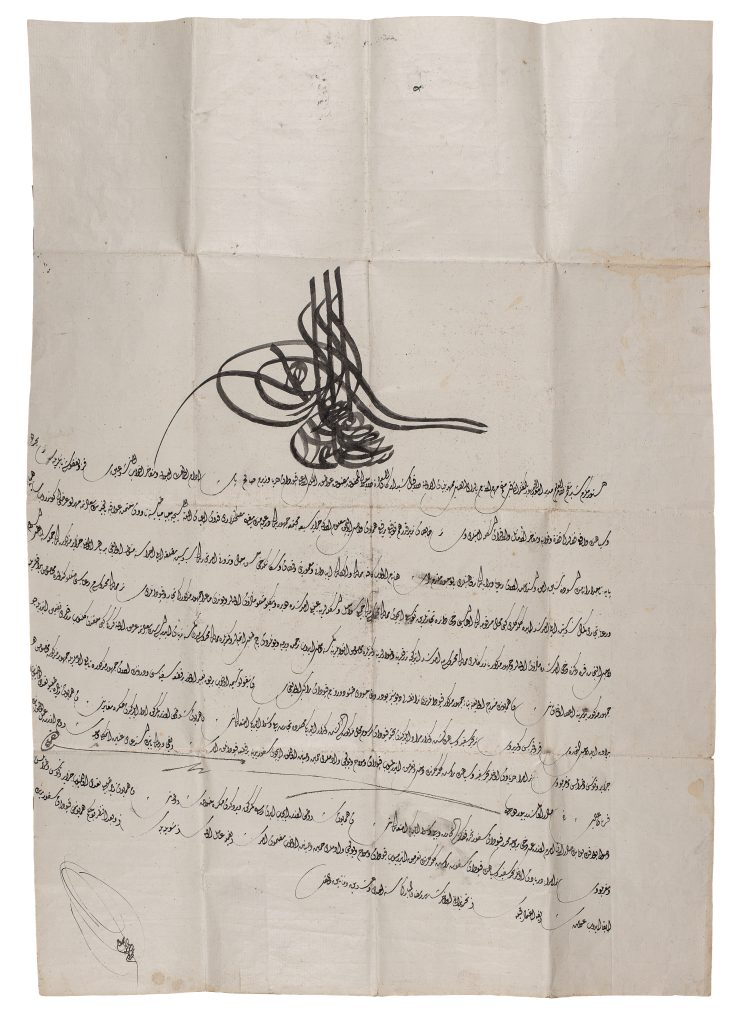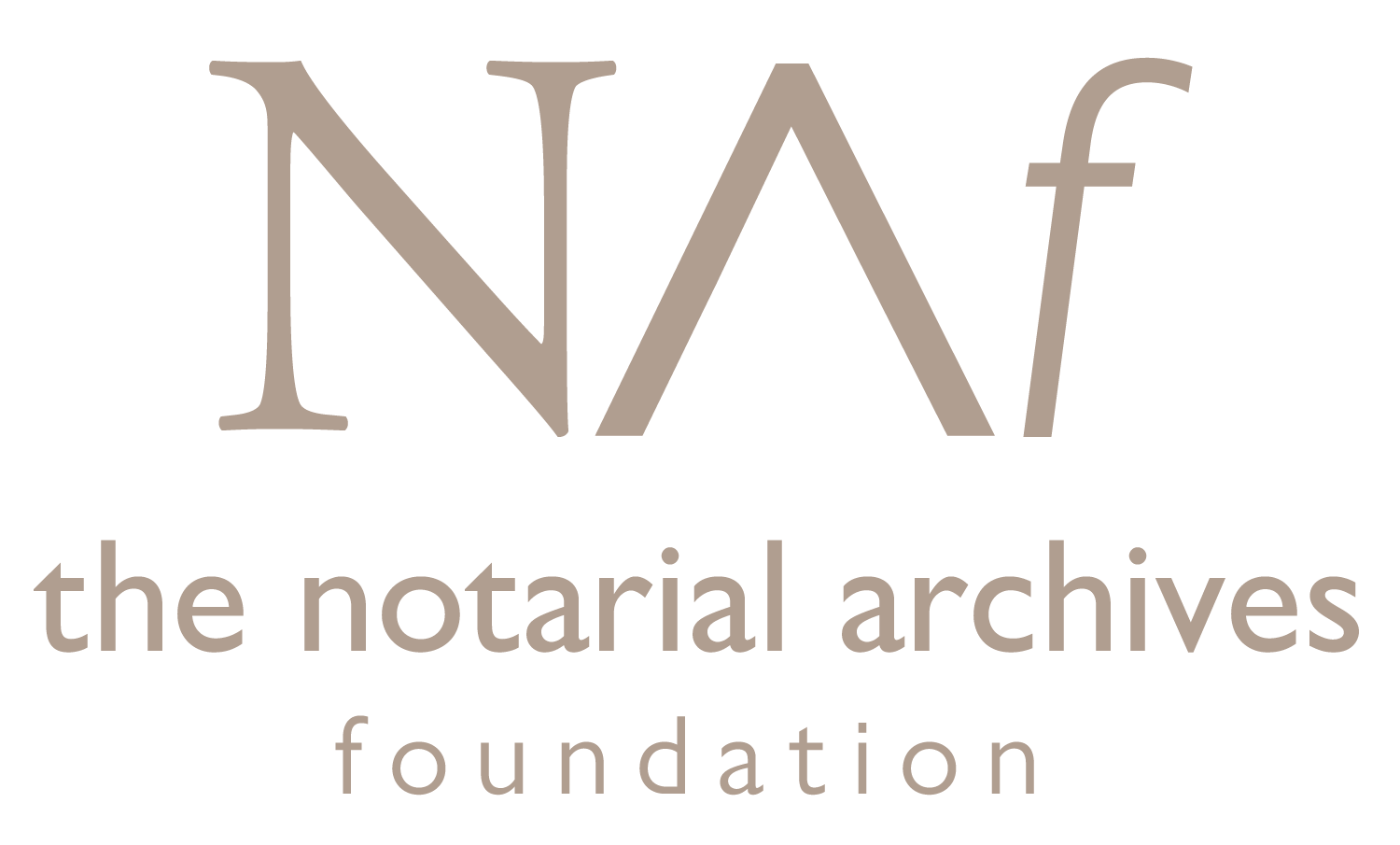SOME OF OUR TREASURES
THE KANTILENA

The Kantilena is the earliest literary work in Maltese. This poem was written by Pietro Caxaro (?-1485) and it survives in the first notarial register of Brandano Caxaro (active 1533-1563), who was Pietro’s descendant. Brandano described him as a ‘philosopher, poet and orator’. The poet tells the story of a house that collapsed because it was built on soft clay foundations, which could be a reference to an unsuccessful relationship or experience. The poem is considered to be a product of the humanist movement of the Renaissance and its style likened to that of Dante (1265-1321) and Petrarch (1304-1374). The Kantilena was discovered by Mikiel Fsadni and Godfrey Wettinger in 1966.
EYEWITNESS ACCOUNT OF THE GREAT SIEGE

In 1565 the Ottoman Empire besieged the Maltese islands for over four months. Notary Giacomo Baldacchino (active 1551- 1587), operating from Birgu, lived through this experience. On 7 September 1565 he recorded an important turn of events: the landing of the fleet of Don García Álvarez de Toledo y Osorio (1514-1577) and the lifting of the siege. His report of the Siege of 1565 is the only surviving eye-witness account by a civilian.
SULTAN SELIM III’S TUGHRA

A tughra is the unique seal and signature of an Ottoman Sultan and it was used on all official documentation produced by the Ottoman Porte. There are various theories on the symbolic meaning of the tughra: the oval shapes on its left side, for instance, are thought to represent the Ottoman Empire’s historic dominance over the Mediterranean and the Black Sea. The tughra unearthed at the Notarial Registers Archive was identified as Sultan Selim III’s (ruled 1789-1808).

